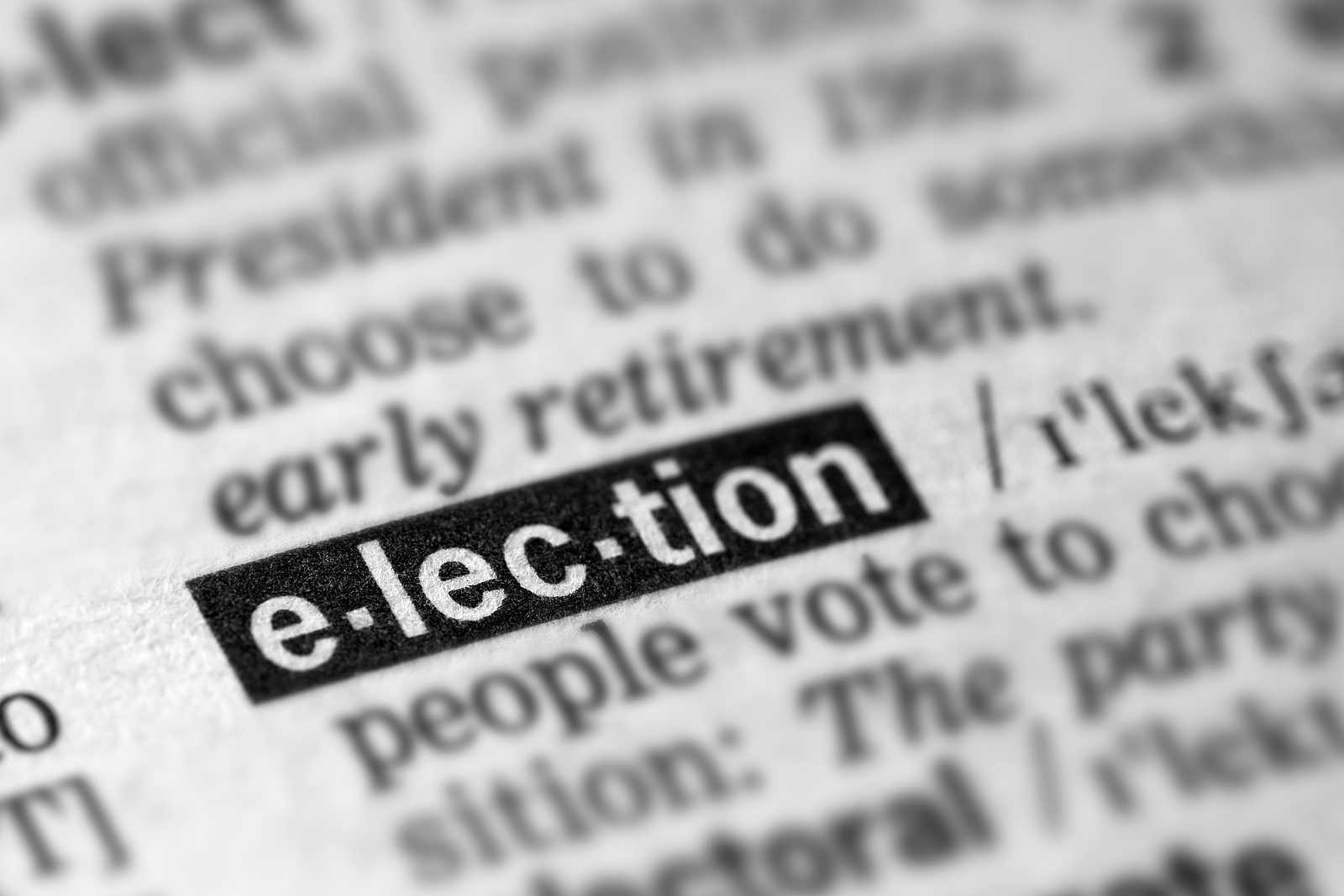Part 1
It’s here! Election year 2020 has officially arrived. Yet admittedly, it feels like we’ve been on this national election cycle since 2016. But let’s leave the presidential race and talking points to the media and take a look at how down-ticket Ohio Statehouse races are shaping up.
Out of the 99 Ohio House seats, 17 incumbents are vacating their seats either due to term limits, retirement or attempts to run for other elected offices. The distribution of those open seats by party matches up with the current distribution in the House; 12 open seats are Republican-held districts and five are Democrat-held, and the Ohio house currently maintains a 64-member Republican supermajority. One interesting component to look at is how many “incumbents” appointed in the past year will be running for their seat for the first time. With nine of those new appointees (so far) this General Assembly, just over a quarter of all Ohio House districts will have relatively fresh names and faces running in those races in November.
On the Ohio Senate side, only half of the 33 districts are up in 2020 due to the four-year terms. Of those 16 even-numbered districts, five are open seats. All five of these open seats are red Republican districts, but the Ohio Democratic party is running a candidate in all 16 Senate races on the ballot in 2020. Just like the House, the Senate also has four members appointed in 2019 who will be running for reelection but will be on the ballot for their district for the first time.
The previous two national elections in 2016 and 2018 have changed the game for campaigns at the state level. With a lot of the partisan lift coming from presidential candidates for the General Election, a substantial emphasis has been placed on the primary election with Statehouse candidates announcing campaigns to run for 2020 open seats as early as a year ago. A few of either safe-Republican or safe-Democrat open districts are seeing five or more candidates from that party filed to run in the primary. All told, Republicans are running candidates in 96 House races, and Democrats, looking to eliminate the Republican supermajority, are fielding candidates in 83. On the heels of picking up a net five seats in 2018, the Democrats’ goal this year is to have a net gain of at least two seats in the House. This would block the House GOP supermajority that currently allows them to override gubernatorial vetoes.
Everything about the primary election is inherently forward-looking to the General Election in November. For the Democrats, the goal is to continue their trend from 2018 and potentially even shut out Republicans from their remaining held seats in urban counties such as Cuyahoga (Cleveland), Franklin (Columbus), Hamilton (Cincinnati) and Lucas (Toledo). Democrats picked up a handful of seats in these counties in 2018 from Republicans. The trend both in Ohio and nationally during the Trump era has been for Democrats to successfully challenge suburban areas that were once – and recently- strongly Republican-leaning. As part of this effort by the Dems to flip red districts blue, there are three high-priority Republican-held flip-targets in the Senate and four in the House, with an additional focus on a few competitive races in neighboring counties. As far as GOP flip-targets, they’re looking toward far northeastern and southeastern Ohio. In these regions, there are two Democrat-controlled seats opening up in the House due to term limits in 2020, with two Senators – one Democrat and one Republican – seeking reelection. These same regions, in contrast to the suburban areas becoming bluer, voted overwhelmingly red for Donald Trump in 2016 after being historically blue. Moreover, the GOP is putting forth candidates and resources to attempt to take those suburban districts they lost in 2018 back. The collective state GOP political arm, which includes both Statehouse chamber caucuses, has substantially more cash on hand than the Democrat Party as of the last reporting deadline.
Click here to read Part 2. You can view a list of Ohio House, and Senate, U.S. House and U.S Court of Appeals candidates who have made the Primary ballot here.
